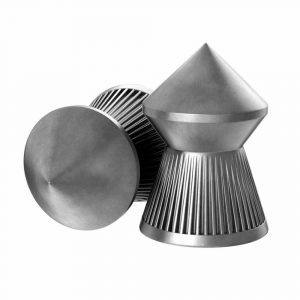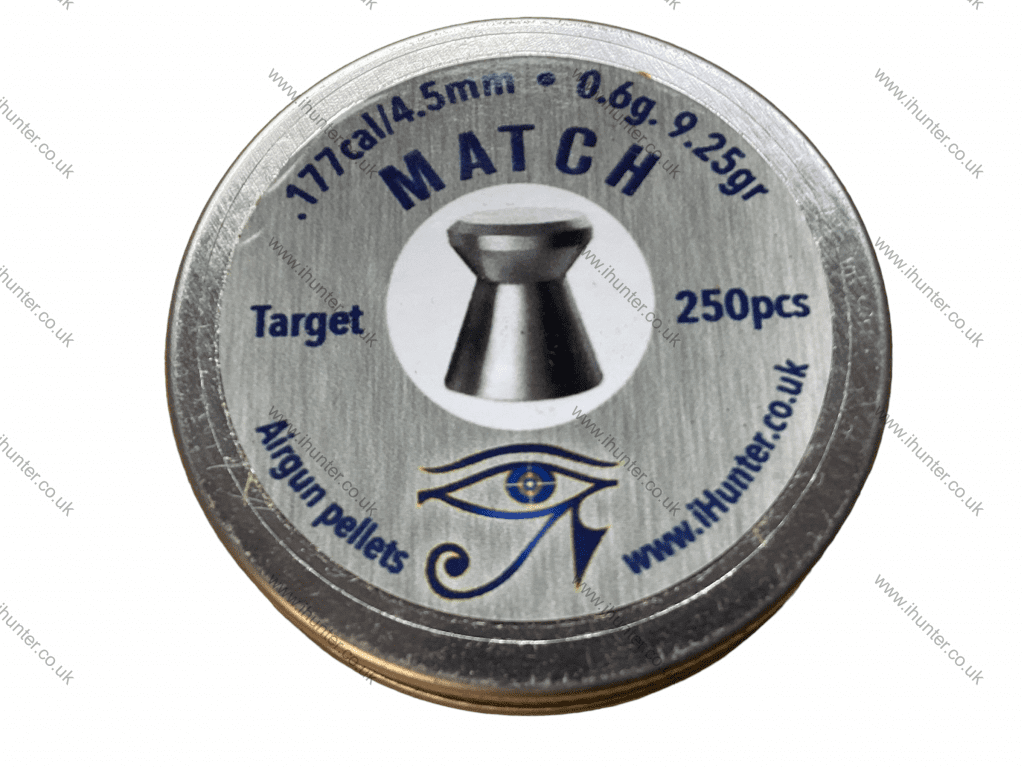Are Budget Airgun Pellets Worth the Money? A Comprehensive Guide
When it comes to airgun pellets, many shooters assume that paying more automatically guarantees better performance. However, this is not always the case. Some expensive pellets come from reputable brands with significant R&D and marketing behind them. Still, budget-friendly options can perform just as well—sometimes because they’re even producedin the same factory.
In this guide, we’ll explore the differences (and similarities) between budget and premium airgun pellets and why testing is the only surefire way to find what works for your specific rifle.
1. The Truth About Branding and Manufacturing
You’ve probably noticed that certain well-known airgun pellet brands (JSB, Air Arms, FX, etc.) share very similar characteristics. Many pellets you see on store shelves come from just a handful of manufacturers.
- JSB, for example, is known to produce pellets for Air Arms and FX.
- The JSB Exact Jumbo .22/5.52 mm pellet may look almost identical to the FX .22/5.52 mm or Air Arms Diabolo Field .22/5.52 mm pellet.
- Despite similar construction, you can see a price difference of around £5 between some brands.
This raises a key question: Are you paying for better quality or just the label? There’s no universal answer. The difference is often minor manufacturing tweaks or brand recognition rather than a significant difference in performance.

2. Types of Airgun Pellets
Before settling on any pellet—budget or premium—it helps to know the main types available. Each type has its strengths:
- Round Head (Diabolo Pellets):
- Great all-around choice.
- Fly more efficiently than other shapes, making them popular for target shooting and general use.
- Pointed Pellets:
- Designed primarily for hunting.
- Offer deeper penetration on impact.
- Hollow Point Pellets:
- Best at close range.
- Expand on impact, creating a larger wound channel.
- Wadcutter Pellets:
- Feature a flat head.
- Well-suited for paper targets at short distances, thanks to clean holes and easier scoring.
- Hybrid Pellets:
- Combine different shapes or materials for specialised performance.
- Lead Free Pellets:
- Eco-friendly option.
- Often lighter, which can affect velocity and trajectory.
3. Why Testing Matters More Than Branding
Whether you’re using a budget pellet or a premium-branded one, accuracy ultimately depends on how that pellet interacts with your specific air rifle. You might be surprised to find a lesser-known pellet grouping that is more consistent than a big-name brand.
What to Look For
- Visual Inspection:
- Check if the pellets look consistent in shape and size.
- Look for any damage or imperfections, such as dents or excess material.
- Inspect the bottom of the tin for lead dust or debris.
- Weight Consistency:
- Weigh a small sample of pellets on a scale to see if each pellet’s weight is uniform.
- Large weight differences can indicate quality control issues.
- Dimensional Accuracy:
- Use precision callipers to measure the pellet’s diameter.
- Inconsistent dimensions can negatively impact accuracy.

4. Accuracy Testing in the Field
Actual performance testing is the best way to determine if any pellet suits your needs. Here’s a simple process:
- Stabilize Your Rifle:
- Use a bench rest or support at the rifle’s front and rear.
- This minimizes human error so you can truly evaluate the pellets.
- Shoot Groups:
- Aim for each shot at the same point (e.g., the bullseye).
- Fire groups of 10 pellets, three times (3 × 10 shots).
- Observe the grouping (how close each shot is to the others).
- Look for Consistency:
- A stray shot or “flier” can happen with nearly any brand.
- However, if the majority of shots form a tight group, that’s a good indicator of quality.
- Compare groups from different pellet types to find the best match.
5. Real-World Results Can Vary
There are countless variables involved in pellet performance:
- Rifle type, including barrel design and power level.
- Lead alloys or other metals are used in pellets.
- Manufacturing dies, which wear over time and can affect shape.
Because of these factors, results from one shooter’s tests may not match yours. For instance, YouTuber Andy’s Airgun Review may find that one pellet outperforms another in his rifle, but you might see the opposite with your equipment. That’s why firsthand testing is crucial.
6. Finding the Right Pellet for You
So, are budget pellets worth it? The honest answer is: it depends on your rifle and your shooting goals. Many budget pellets can perform at a level comparable to big-name brands. The only way to know for sure is by testing different options yourself.
- Sample Packs: If available, buy a variety pack to experiment without committing to large tins of pellets that may not work well.
- Watch for Sales and Deals: You can often find reputable brands at reduced prices, bringing them closer to budget options.
- Check User Reviews: While everyone’s experience differs, user feedback can help point you in the right direction.

7. Our Approach at iHunter
At iHunter, we strive to offer both budget-friendly and premium pellet ranges. Our goal is to make airgun shooting accessible without compromising on quality. That’s why we’ve introduced:
- iHunter Pellets: An affordable line that still undergoes rigorous quality checks.
- Apolo Pellets: A slightly higher-end option with added performance benefits.
Conclusion
Don’t let marketing or price tags fool you—sometimes, paying more only gets you a label rather than a significant performance boost. The single best way to judge airgun pellets is by testing them with your rifle. Check for visual quality, measure weight consistency, and do proper grouping tests from a stable shooting position. You might be surprised by how well an under-the-radar or budget-friendly pellet can perform.
Ready to discover your perfect pellet? Check out our current selection at iHunter, try out different sample packs, and see that “budget“ and “quality“ are not always at odds.


